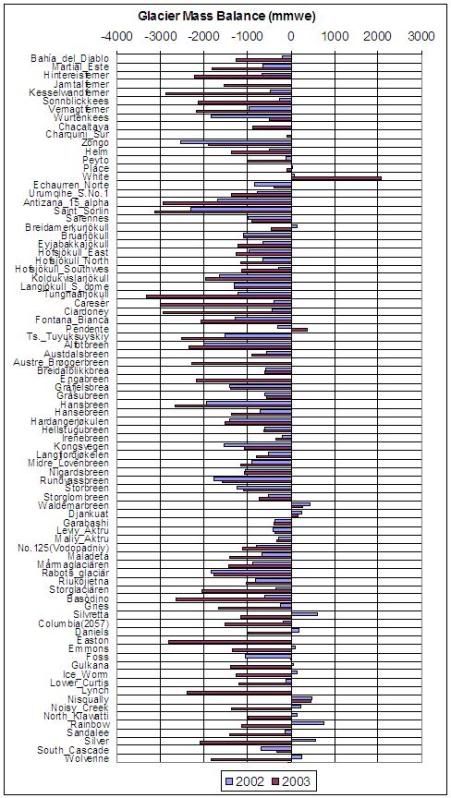The last one is interesting and I'll have to look into it. Something that really stood out however was:
Quote:
However, the media should be aware of the risks in mistaking these holes for actual cracks in the underlying science of anthropogenic climate change.
The article was about the accuracy of stations, and yet they throw in the AGW mention, for which there is no support mentioned. Kinda' shows a mind set.
The second one uses the flawed sensor data WITH NO MENTION of the failure. And they call Watts unscientific. Also, the "melting pole" was reported as the entire poll melting, with no correction from Serreze. How appropriate that they promote him to head of the organization.
The best part was:
Quote:
One major difference is in the type of algorithm used. Sea ice area or extent is not directly measured by satellites. Satellites are actually measuring the amount of energy coming from the surface at certain parts of the electromagnetic spectrum (in this case microwaves). The amount of energy emitted depends on the type of surface and there is a difference between ice and water. But to get from energy to sea ice extent/area, you need to use an algorithm to make that conversion. Several different algorithms have been developed using various methods. In a general sense they all yield similar results, but they do differ in the details, which can result in offsets between algorithm estimates….
There are also other processing features that differ. Sometimes energy from locations without ice that are right along the coast or in areas of strong ocean waves can resemble the energy from ice-covered regions and be counted as ice. There are are various approaches used to filter out these known erroneous ice zones. Different approaches may yield different numbers.
The key point is that for a given algorithm and processing method, if one is careful to account for differences in the series of sensors used over the years, one can get a very consistent timeseries of sea ice extent and area that one can use to track changes in the ice cover.
However, one cannot “mix-and-match” algorithms or processing methods.
This is exactly what I have been saying. What is the quality control and "check"?
As to ice thickness:
http://mjperry.blogspot.com/2009/05/arctic-ice-twice-as-thick-as-expected.html


